|
‘Percute et Percute Velocitor’
(Strike and Strike Swiftly)
|
The 10th Light Horse Regiment is
one of the country's oldest and best known Light Horse Regiments.
It can
trace its origins to 7th June 1900 when the order was given for the unit
to be raised as the Western Australian Mounted Infantry.
It's inherited lineage goes even
further back (see right) >>
|
- Pinjarra Mounted Volunteers
- Union Troop of Western Australian
Mounted Volunteers
- The Wellington Mounted Volunteers
- The Perth Mounted Rifle Volunteers
- Western Australian Mounted Infantry
(WAMI),
- Militia Light Horse Regiment,
- 18th Australian Light Horse (WAMI),
- 25th Australian Light Horse (WAMI),
- 10th Australian Light Horse
Regiment AIF,
- 10th Reconnaissance Battalion (WAMI),
- 10th Australian Light Horse
Regiment (2nd AIF),
- 10th Western Australian Mounted
Infantry,
- "A" Squadron 10th Light
Horse Regiment
|
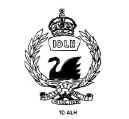 |
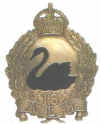 |
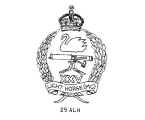 |
| 10 ALHR
(unofficial) |
18th Light
Horse WAMI |
25 Light
Horse WAMI (MG) |
During the Boer War (1898 - 1902) the
colony of Western Australia raised and sent nine contingent's (six
Western Australian Mounted Infantry and three Australian Commonwealth
Horse) to South Africa. In recognition of their service during the Boer
War, the Volunteer Regiment, the Western Australian Mounted Infantry, of
which the Militia Light Horse Regiment (later the 10th Light Horse
Regiment) was part, was granted the Battle Honour 'South Africa
1900-1902'.
In 1903 the 18th Light Horse Regiment
was formed from the Western Australian Mounted Infantry. With the
establishment of Military Districts in 1912, the 18th LHR (Light Horse
Regiment) was redesignated 25th Light Horse (Western Australian Mounted
Infantry ).
With the outbreak of war in 1914, a
mounted unit was not required from Western Australia, although approval
was given to raise C squadron of the 7th LHR. The response was so great
that it was realised that a complete Regiment could be formed, and the
10th LHR was established.
The 10th LHR entered The Great War as
an Infantry Regiment at Gallipoli, but suffered devastating losses, with
their baptism of fire at Quinn's Post and Pope's Hill.
 |
For his bravery
and dedication to duty at Hill 60 (Kaiakij, Aghala), Gallipoli, on the
29- 30 August 1915, Second Lieutenant Hugo Throssell was awarded the
Victoria Cross, the only member of the 10th LHR to be so honoured.
|
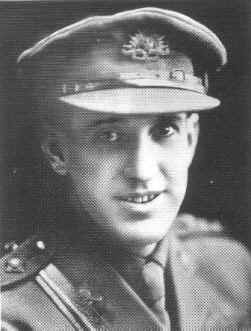 |
Evacuated from the Gallipoli
Peninsula, 10th LHR went on to fight as Mounted Infantry in Sinai,
Palestine, Jordan, and Syria.
In the fall of Damascus the unit had
the honour of leading the Australian Mounted Division and accepted the
formal surrender on 1 October, 1918.
Before returning home after the
armistice, the 10th LHR was involved in quelling the bitter Egyptian
uprising in 1919. Upon arrival back in Australia, the unit was
disbanded, but to perpetuate the traditions and distinctions gained by
the AIF in the Great War, it was decided to redesignate the Citizen
Military Force units to conform with the unit designation numbers of the
AIF. Accordingly, with effect from October 1918 the 25th LHR (Western
Australia Mounted Infantry) became the 10th LHR.
During World War ll, 10th LHR
underwent several name changes, 10th Reconnaissance Battalion (Western
Australia Mounted Infantry) in 1940 and several others until in 1949 it
was titled 10th Western Australian Mounted Infantry. In 1943 the unit
gained AIF status, but did not serve overseas during the hostilities.
The main responsibility for the unit was the defence of the south-west
of western Australia.
While the unit moved quickly to
mechanised armour during World War ll, it still retained troops of
horses which patrolled the West Australian coastline.
| In 1949 the unit was fully mechanised
when it was equipped with Staghound Armoured Cars (above
left) and Canadian Scout Cars (above
right).
|
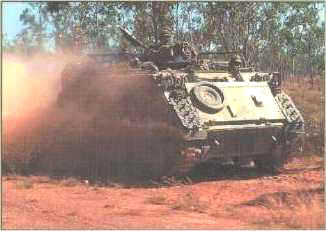 |
In 1969 10th LHR was equipped with
M113A tracked carriers and still uses these sturdy vehicles today.
|
The Regiment was reduced to A
Squadron, 10th LH, in 1976, and was granted the Freedom-of-Entry to the
City of Northam in 1979. A Squadron is the only armoured element of the
13th Brigade and therefore performs a vital role, whatever the Brigade's
tasking.
most text from http://members.iinet.net.au/~spooner/
|